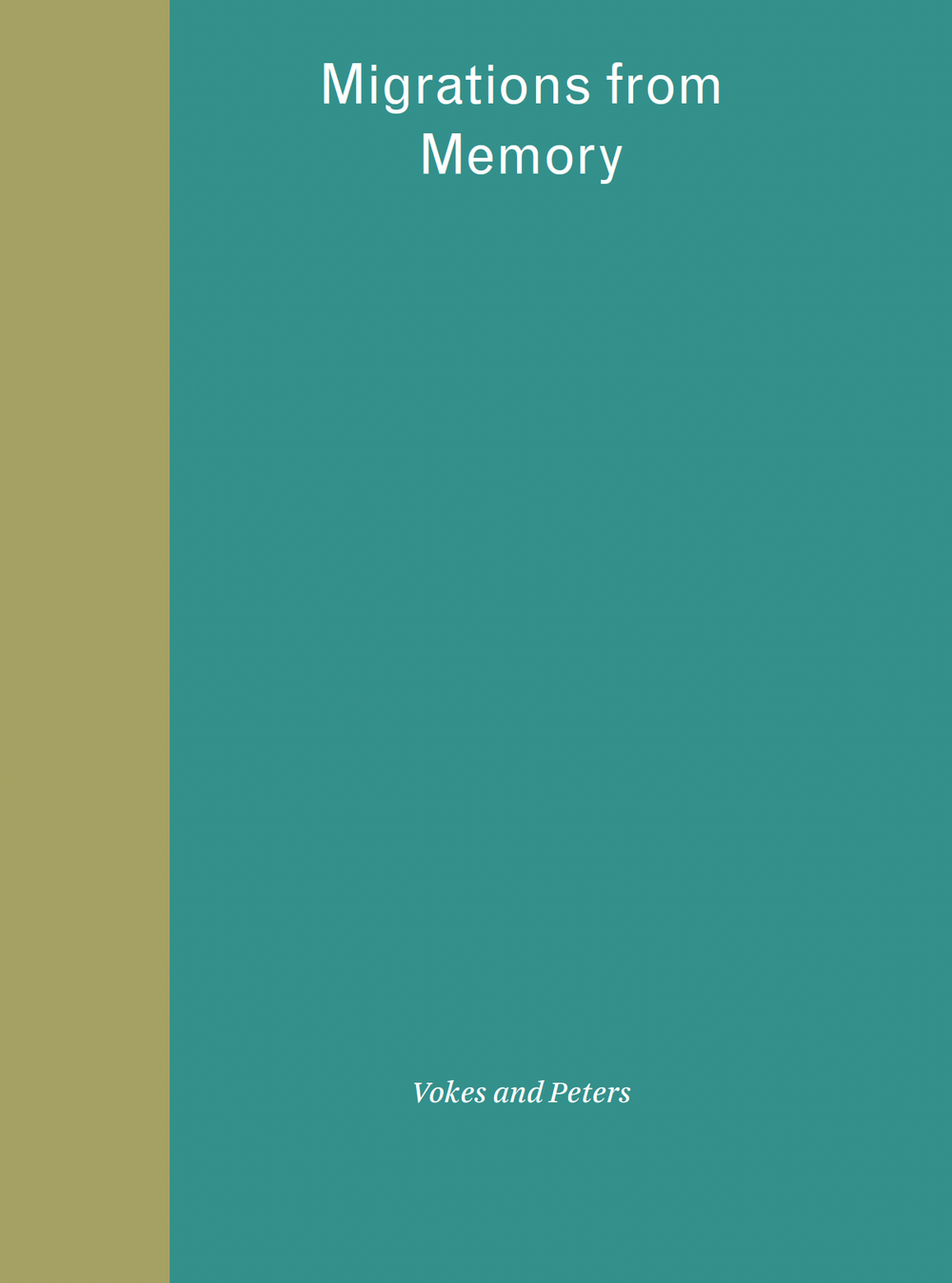"A slender and witty volume from Brisbane architects presents ways to combat the city’s supersized houses and disconnection from the streets... It is unusual for contemporary Australian architects to produce books that are not either promotional monographs or repackaged academic essays, and brave for Vokes and Peters to write so sincerely about architecture in the permanence of print. The book evinces a professional and creative commitment that transcends the desire to be cool, detached or ironic... Both architects are adept at colloquialisms, colourful imagery and dry wit. A transcribed discussion between the pair, staged at a student congress last year, is self-deprecating, informal and honest, and reveals how important the back-and-forth flow of ideas is to their collective practice... their writing here is coherent, accessible and interesting, and worthy of wider attention."
David Neustein, The Monthly, August 2023
“In our contemporary design culture, dominated as it is by social media, books by practising architects are few and far between. Even rarer are books in which architectural design is discussed as passionately as it is in Migrations from Memory. Written by Stuart Vokes and Aaron Peters, founders of one of Queensland’s most dynamic firms, Migrations from Memory (Canalside Press, 2023) is a small book of unusual intensity that talks about an architectural tradition, its reinterpretation and its reinvention. It casts light on the practice’s twofold agenda: addressing design questions of global relevance while operating from a specific environment, the subtropical city of Brisbane. Migrations from Memory marks a moment of maturity for the practice – a point of self-reflection along an ascending design journey. In A Scientific Autobiography, Aldo Rossi observed that at a certain point in one’s career, “one ought to have completed or begun something definitive, and come to terms with one’s own formation.”1 In Migrations from Memory, Vokes and Peters are found in that moment, processing their design experience in a time of transition as they embrace an increasing number of civic and public commissions.”
Sylvia Micheli, Houses Magazine, September 2023
Ground
"The natural ground is an inescapable element in a city like Brisbane, shaping its built environment, including its urban format, road networks and its local building traditions. Brisbane-born author David Malouf evokes the setting of the historic centre of Brisbane in his piece, 'A First Place: The Mapping of a World':
'The first thing that you notice about this city is the unevenness of the ground. Brisbane is hilly. Walk two hundred metres in almost any direction outside the central city and you get a view – a new view. It is all gullies and sudden vistas. Wherever the eye turns here it learns restlessness, and variety and possibility, as the body learns effort. Brisbane is a city that tires the legs and demands a certain sort of breath.'
Malouf writes that it is through our evocations of place, and how we interpret and mythologise space, that we find our way into a culture. This ‘Maloufian’ landscape is used to explain the behaviour of early timber vernacular houses called ‘Queenslanders’ that make up a significant piece of urban fabric in the city. The ground is said to be the cause for these houses being built on stumps, perched high above the ground (in some cases above the flying altitude of mozzies). This structural logic overcomes the nuances of the undulating terrain, and a natural aversion to pests, vermin and snakes, and removes one from the dreaded miasma that apparently threatened the health of colonial occupants of Brisbane. Whilst there might be some relevance in this mythologising of early timber buildings, our sensitivity to the ground in Brisbane elicits conversations in our studio about nostalgia, legibility and anchoring. Malouf reminds us that our first memories of place are tied to the settings and terrain of our childhood experiences; of banal things such as a concrete kerb detail, a brick garden wall, a path that connects the laundry with the Hills Hoists. Our memories provide a detailed personal reading of blades of grass, cracks in the pavement, and the radiant heat off brick paving in full sun on an Autumn’s morning.
